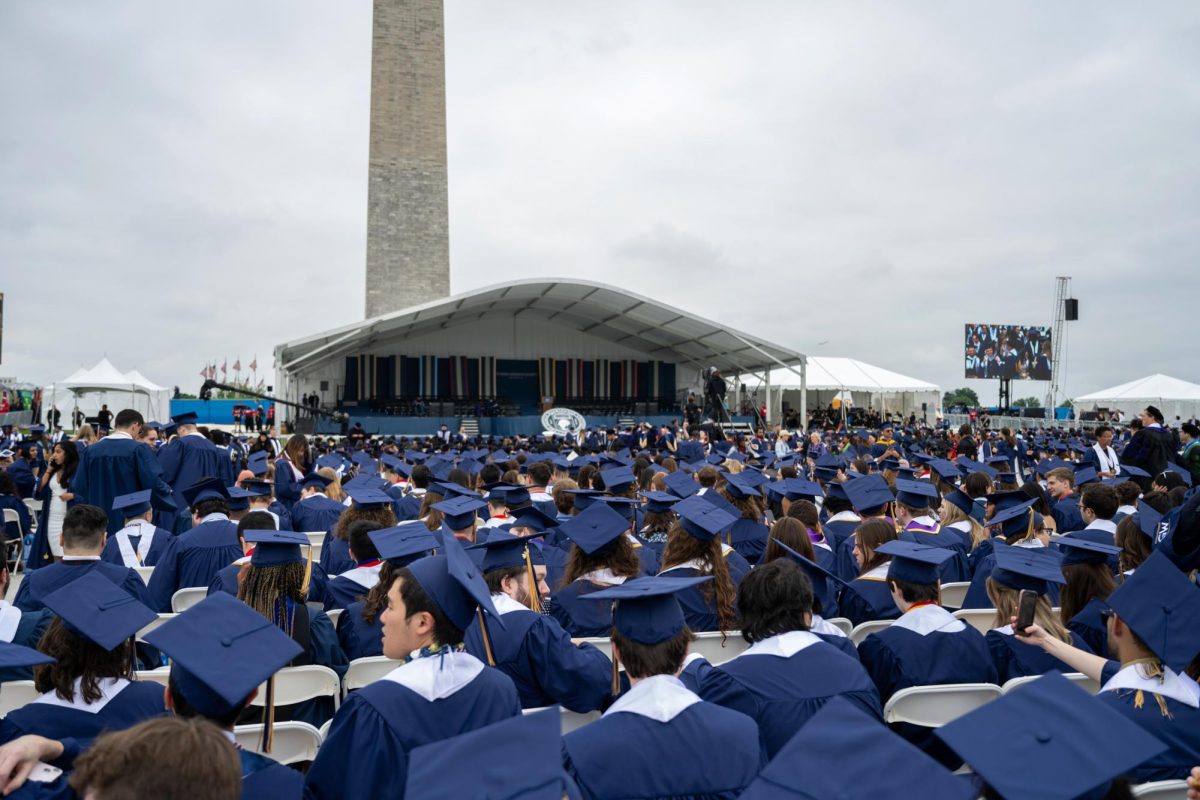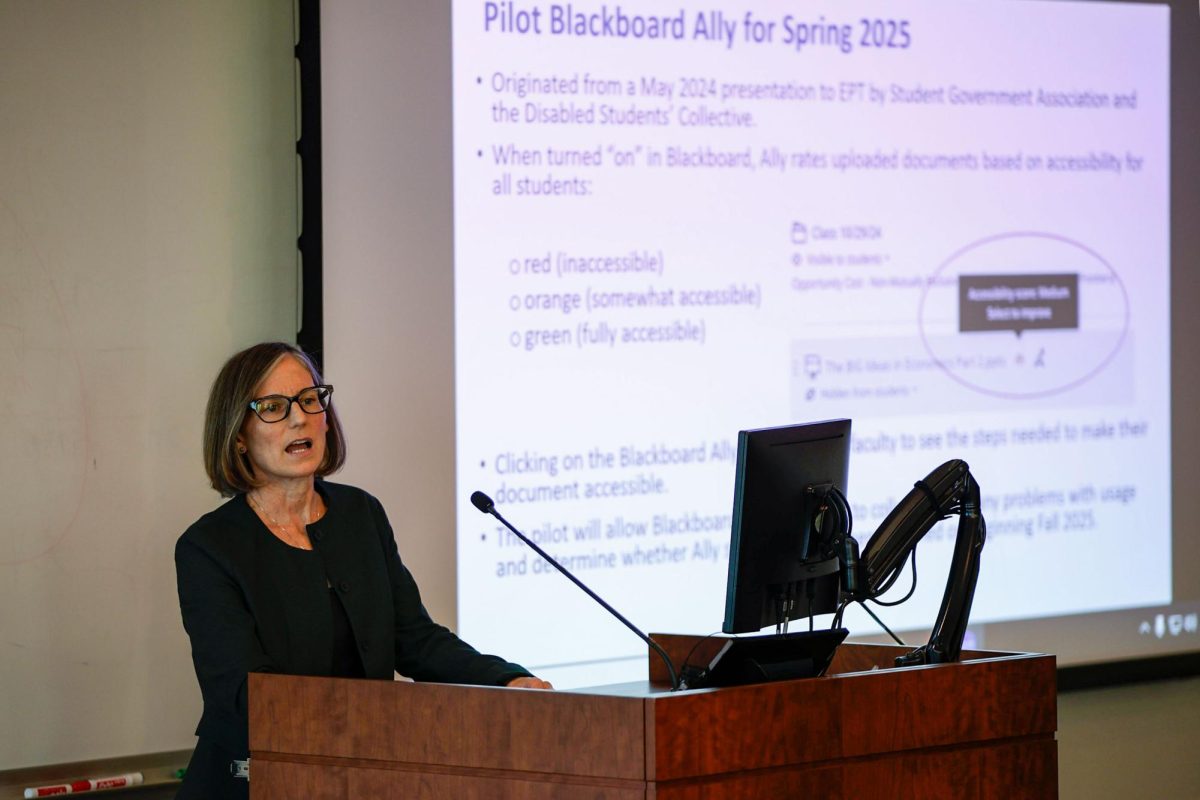The National Collegiate Athletic Association has been called many things. Recently critics nationwide have added one more NCAA label to the list – lame duck.
Officials of collegiate basketball across the country say they are unhappy with the way the NCAA has been treating coaches and players. Some question investigations conducted by the NCAA into players’ pastimes and possible NCAA limitations on the number of new scholarships Division I schools can hand out, according to several reports in The Washington Post and USA Today.
The NCAA is investigating an incident involving Bobby Knight, the head coach of Indiana University who allegedly choked a player in practice and showed his feces to players during a halftime speech.
Here’s a breakdown of the issues:
Amateur Recruiting
The NCAA is considering ending the long-standing tradition of evaluating, and eventually recruiting, high school players at elite AAU amateur high school camps and tournaments sponsored by corporations such as And 1 and Nike, according to The Washington Post. If proposed measures pass, coaches would only be able to recruit during the school year.
One incoming GW recruit, Shawn Davis of Memphis, Tenn., was rated one of the top 10 power forwards at the Adidas ABCD Camp last July, according to www.rivals.com. If the proposed rule changes are enacted, GW would only be able to evaluate and recruit players such as Davis during the academic year, when sponsored camps do not take place.
The rule change was proposed to prevent controversy surrounding players accepting benefits before college recruitment. The 2000 basketball season was engulfed in controversy involving suspensions of several high-profile players for accepting benefits prior to their college enrollments – actions that violate NCAA amateurism rules.
Sure, you get fed up, especially (when a suspension occurs) right before game time, Gene Keady, head basketball coach at Purdue University, told The Washington Post. It’s ridiculous.
While many university representatives said they agree that the NCAA’s intentions are good, the problem is compounded because many players have been recruited since they were in the sixth grade.
And it’s not just universities doing the recruiting. Nike gives promising 11-year-olds free sneakers, clothes and paraphernalia to gain an edge on companies that might want to sign the athletes in the future. Movies such as Hoop Dreams and Blue Chips depict this trend among large corporations.
Because many Division I recruited basketball players come from urban areas, critics of the proposed rule change say urban players will be unfairly affected if coaches are restricted to recruiting during the school year.
Often there is no father figure to contribute financially to these families, critics say. So, when an agent offers a player like Chris Porter, a star player at Auburn University, a chance to ensure that his mom is not evicted from her low-rent housing, the young athlete jumps at the chance. This possible weak point in proposed rule changes is highlighted in a Sports Illustrated article debating the merits of not allowing players to take money.
Number of Scholarships
The NCAA is considering limiting men’s basketball teams to four new scholarships per year, regardless of the number of players who have left the program the previous year, according to The Washington Post.
GW has at least 10 scholarship players returning next year and at least two incoming scholarship recruits. If the rules were enacted, GW would only have two scholarships left to hand out for next year.
A scholarship cap would lead to more funding and scholarships in women’s sports. Proponents of the rule changes say this is an effective way of adhering to Title IX guidelines – which attempt to ensure equality of men and women in federally funded institutions – without hurting smaller men’s sports.
Funding for Providence College’s nationally ranked baseball team was cut to adhere to Title IX, according to The Washington Post.
GW athletes say they have felt the effect of funding limitations.
Title IX indirectly screwed me, said GW freshman walk-on baseball player Mike Schwimmer, who said his roster spot was cut.
Nevertheless, men’s basketball programs bring universities and the NCAA large revenues. By limiting the number of scholarships available, critics say the level of competition may suffer along with the number of dollars brought in through attendance and marketing.
The Formation of the Student Basketball Council
Perhaps the most bizarre event that has occurred in the past few months in the collegiate basketball world has been the formation of the Student Basketball Council, organized under the umbrella National Association of Basketball Coaches. The SBC is a 46-player panel established to enlighten NCAA officials and schools about players’ perspectives on recruiting and eligibility, according to The Washington Post.
No GW players are part of the SBC.
(The NCAA) make(s) a lot of money off us, said Jason Capel, a shooting guard for the University of North Carolina told The Washington Post. I’m not saying we should get it right off hand, but some of it should be put off to the side for you.
Other points of contention are that college athletes should receive a stipend and be allowed to unionize.
Players should have a voice, Capel said. Players should be allowed to have a say in the things that will determine our future.
The Bobby Knight Issue
Former Indiana University basketball player Neil Reed, who was voted off the team by his teammates and coaches, charged that Bobby Knight choked him, pushed him backward, threw the university president out of practice and showed the team his feces, according to a report by CNN/SI.
A new videotape has just been released by CNN/SI showing an individual who appears to be Knight grabbing a player by the throat and forcing him backward. The NCAA has launched an investigation into the issue, but many fear that Knight will get away with a slap on the wrist because of his longevity at the university and his support from other players, including former NBA star Isiah Thomas.
Indiana President Myles Brand denied being thrown out of a practice by Knight.
Jack Kvancz, athletic director at GW, summed up the NCAA’s tribulations:
The problem is the rules, said Kvancz, who also is a member of the Division I men’s basketball committee. None of these are things that can’t be solved. But clearly there are issues out there. And if you ignore them, it is going to get worse.
NCAA officials, the SBC and the NABC will meet later this month to discuss the proposed rule changes.





